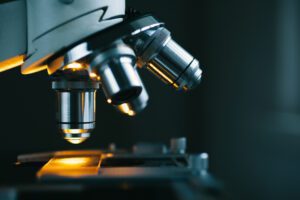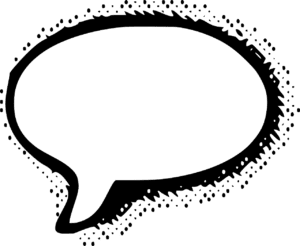Homocystinuria
What is homocystinuria?
Homocystinuria is an inherited autosomal recessive trait. Both parents must have a copy of the same defective gene in order to pass the trait along to their offspring. Homocystinuria is just one of many traits that are caused by autosomal recessive gene abnormalities. In this case, the amino acid methionine is not metabolized appropriately, causing a wide variety of symptoms and physical characteristics. People in Ireland, Norway, Germany, and Quatar are affected more frequently than the general global population.What are the symptoms of homocystinuria?
Homocystinuria affects the connective tissue, the central nervous system, and the heart. Physical characteristics include long limbs, a tall thin build, intellectual disabilities, seizures, eye problems, and psychiatric disorders. It must be noted that these are not all the possible symptoms and in many cases, symptoms are vague, making the disorder difficult to diagnose.What treatment options are available for homocystinuria?
While there is no cure for homocystinuria, approximately half of the patient population responds well to B6 treatments. Another treatment option is eating a diet that contains very little methionine. All treatments should be administered under the supervision of a healthcare professional. Fortunately, early treatment for infants can help delay the onset of intellectual disability; however, all patients with homocystinuria are prone to blood clots throughout their lives.Where can I find more information about homocystinuria?
Homocystinuria Articles

October is HCU Awareness Month: Spreading Rare Disease Awareness
James Moore
October 25, 2024
Read More »

Study of the Week: Scientists Develop More Effective Screening Method for Homocystinuria
James Moore
March 27, 2023
Read More »



Webinar: Improving Classical Homocystinuria Outcomes Through Newborn Screening
James Moore
September 22, 2022
Read More »

HCU Network America Partners With RARE X to Create a Patient Registry
James Moore
March 23, 2022
Read More »


CDX-6512 for Homocystinuria Earns RPD and Orphan Drug Designations
Jessica Lynn
January 27, 2022
Read More »




